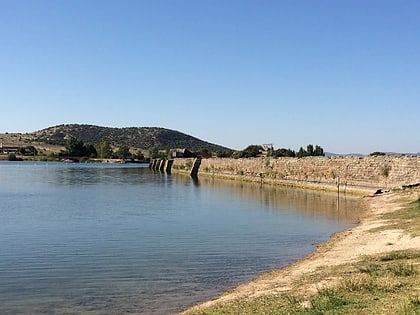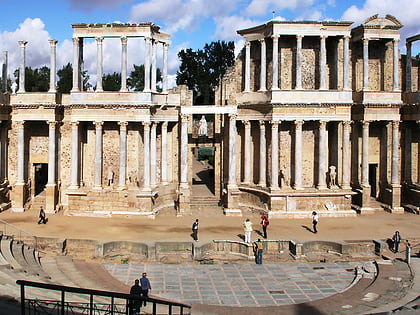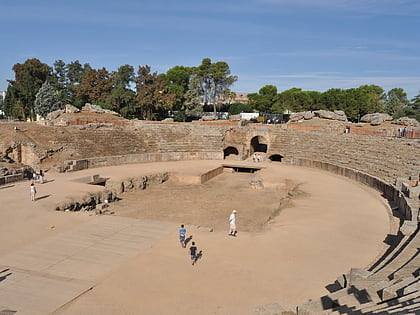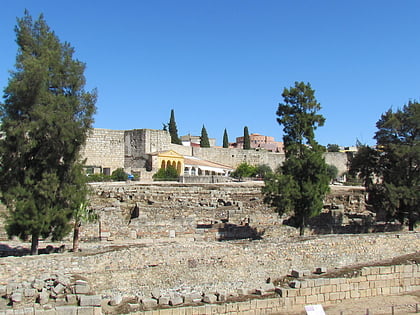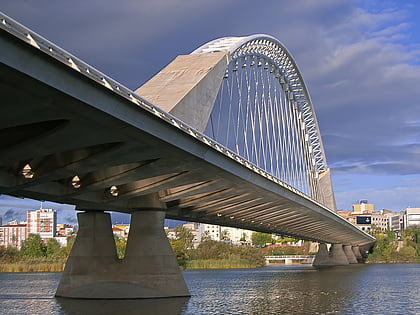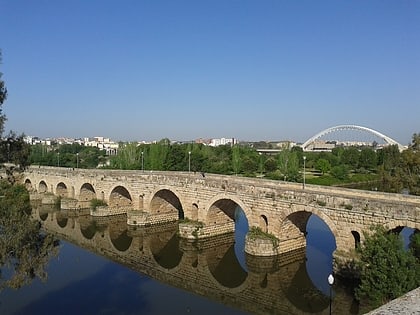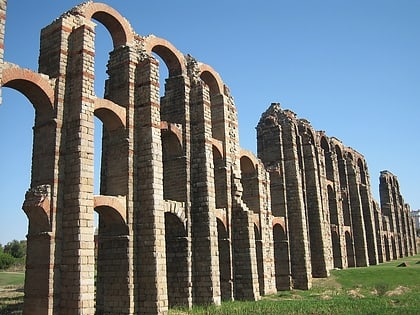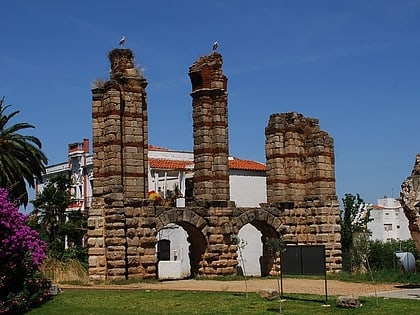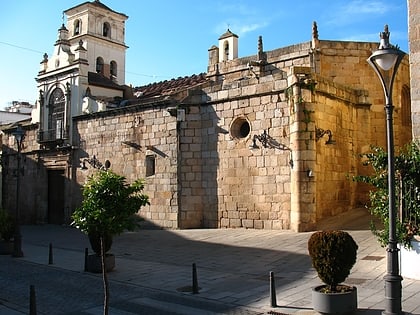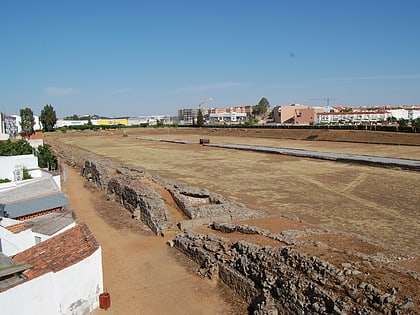Proserpina Dam
Map
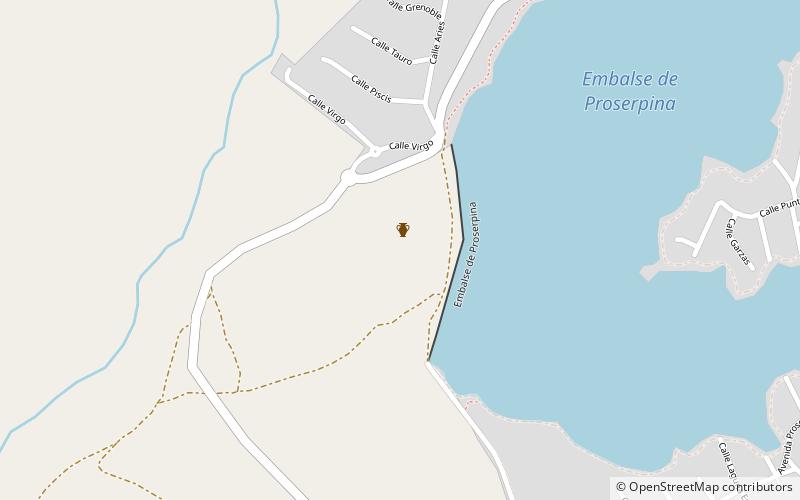
Map

Facts and practical information
The Proserpina Dam is a Roman gravity dam in Badajoz, Extremadura, Spain, dating to the 1st or 2nd century AD. It was built as part of the infrastructure which supplied the city of Emerita Augusta with water. ()
Local name: Embalse de Proserpina Unesco: from 1993Length: 1404 ftHeight: 39 ftCoordinates: 38°58'11"N, 6°22'4"W
Location
Extremadura
ContactAdd
Social media
Add
Day trips
Proserpina Dam – popular in the area (distance from the attraction)
Nearby attractions include: Museo Nacional de Arte Romano, Roman Theatre, Roman amphitheater, Alcazaba de Mérida.
